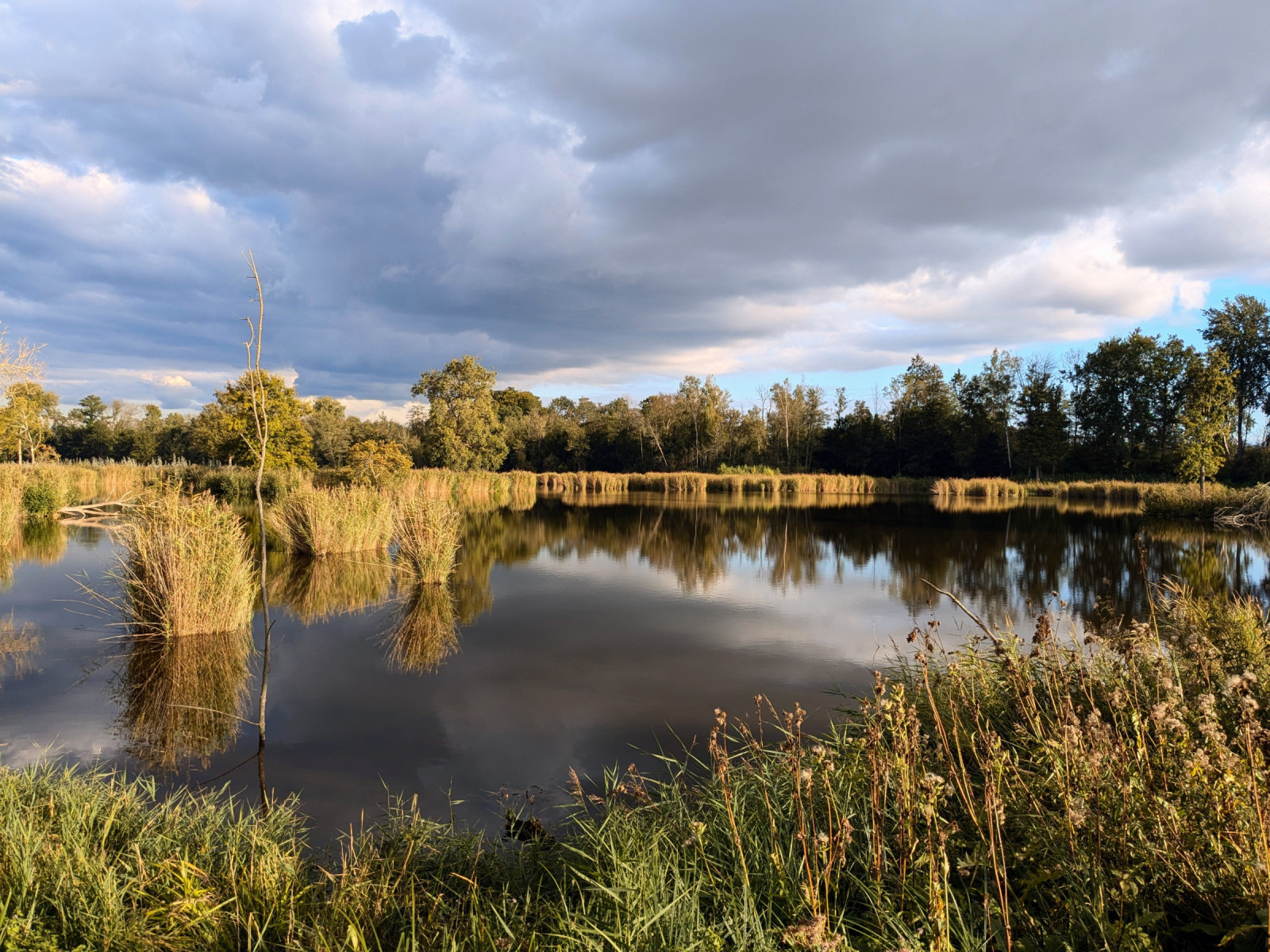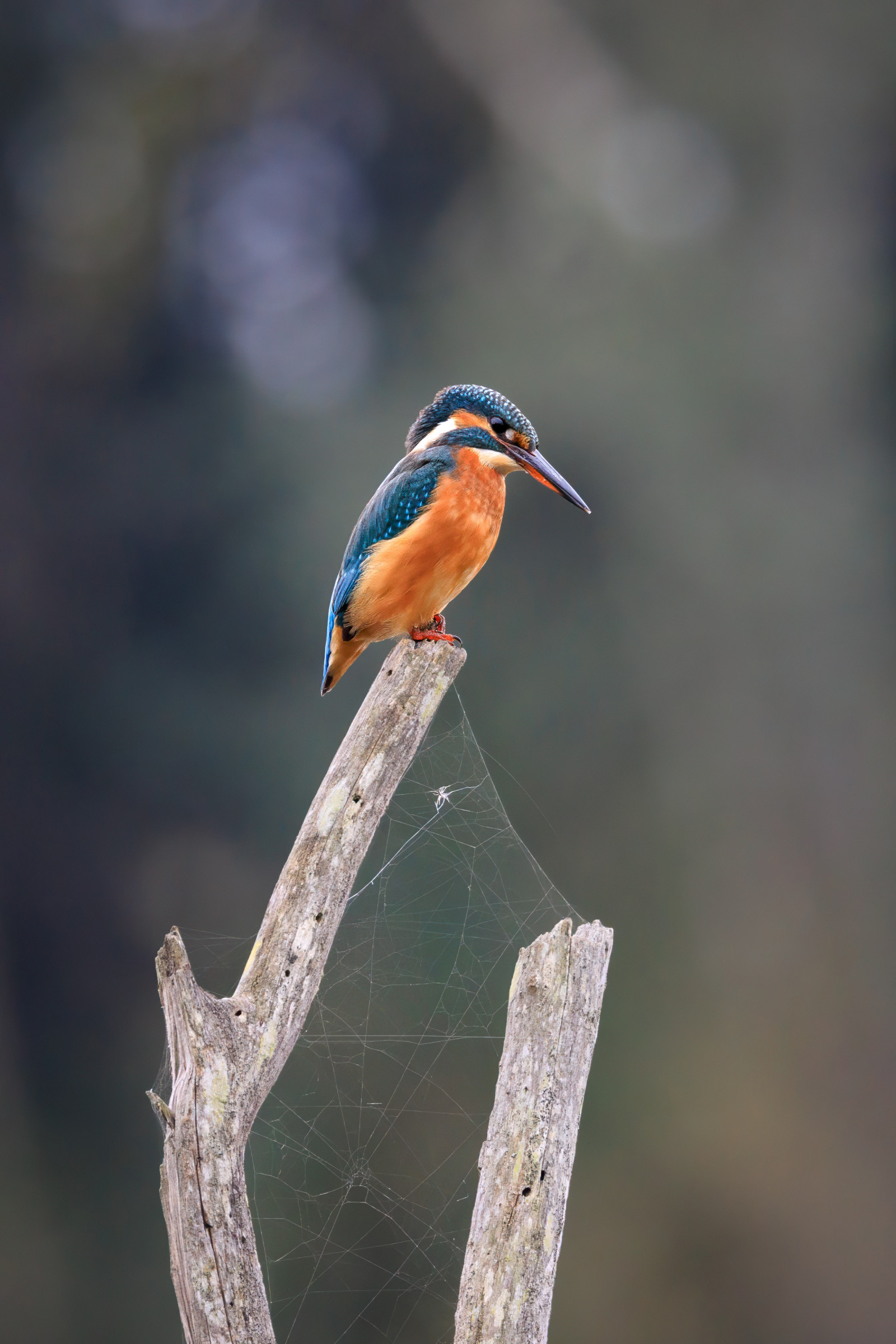Opis
Marais de Misery is a big wetland that includes a mosaic of surprising natural environments (old wet woodlands, willow trees, alder groves, reed beds, meadows, etc.). An aquatic labyrinth of ponds and channels, corresponding to old peat pits, forms landscapes unsuspected less than 50 kilometers from Paris. The places are suitable for the passage of migratory birds that you can observe comfortably from several observatories. rybołów and bączek are two of the special birds that breed in the marshes. bąk can be seen in winter. See the extended birdlist below.
_________________________
Français: Zone aménagée d'un observatoire. Cette vaste zone humide comprend une mosaïque de milieux naturels surprenants (vieux boisements humides, saulaies, aulnaies, roselières, prairies…). Un labyrinthe aquatique d’étangs et de chenaux, correspondant à d’anciennes fosses à tourbe, forme des paysages insoupçonnés à moins de 50 kilomètres de Paris. Les lieux sont propices au passage des oiseaux migrateurs que vous pourrez observer confortablement depuis plusieursobservatoires. Ces marais abritent également diféfrentes plantes aquatiques remarquables.
Szczegóły
Dostęp
Free access to the observatories. Click on the P in the map to get directions.
_________________________
Français: Accès libre aux observatoires. Cliquez sur le P sur la carte pour obtenir les directions.





